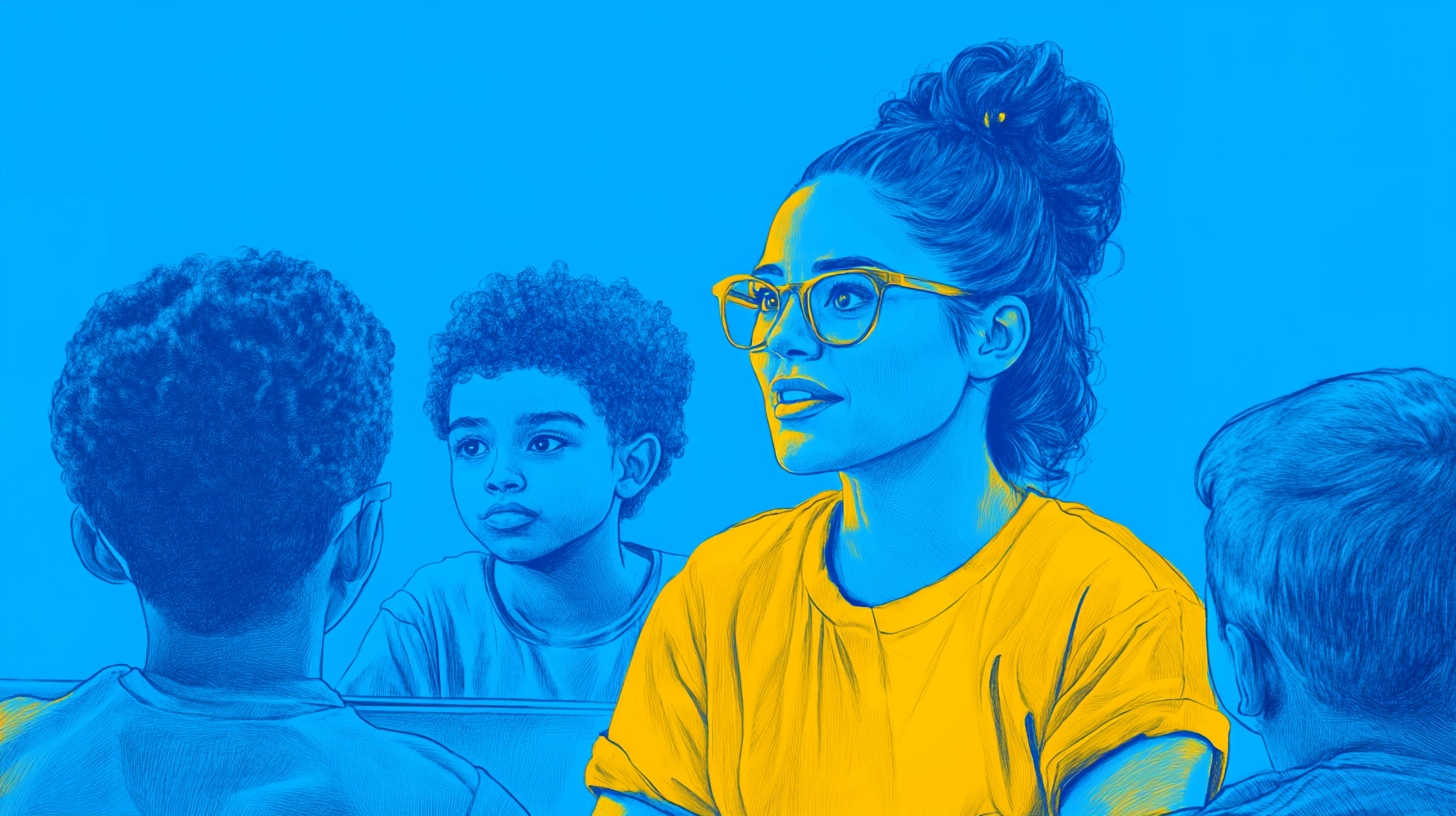From Prevention to Mindset: Transforming Our Relationship with Conflict in Educational Settings

Beyond Crisis Management: A New Paradigm
In our work building safer and more connected educational communities, we often focus extensively on preventive systems and intervention strategies. While these approaches are essential, true transformation requires something more fundamental: a complete reimagining of our relationship with conflict itself.
This shift doesn’t happen automatically. It requires intentional cultivation and a deep understanding of how our minds and nervous systems process challenging situations. Just as our bodies constantly scan for safety or threat, our minds interpret conflict through particular lenses that have been shaped by past experiences, cultural messages, and institutional norms.
From Resolution to Transformation
Traditional approaches to conflict in educational settings have typically focused on resolution—finding the quickest way to end the immediate problem. While this can provide temporary relief, it rarely addresses the underlying patterns that continue to generate similar conflicts.
Contemporary research on conflict transformation offers a different perspective. As Lederach (2014) explains, conflict transformation seeks to address not just the presenting issues but the underlying relationships and contexts from which those issues emerge. This approach recognizes that conflict itself is neither inherently positive nor negative—its impact depends entirely on how we engage with it.
The Research on Mindset Shifts
A groundbreaking study by Hanson and colleagues (2019) examined different approaches to conflict management across diverse school environments. Their findings were compelling: institutions that approached conflict as an opportunity for learning and growth showed significantly better outcomes in terms of school climate, student satisfaction, and reduced behavioral incidents compared to schools using more traditional disciplinary approaches.

The researchers identified four key mindset shifts that facilitated this transformation:
From Punishment to Learning
When educators view conflicts as opportunities to develop social-emotional skills rather than occasions for punishment, the entire dynamic changes. Instead of asking “Who’s at fault?” they ask “What can we learn from this situation?” This simple reframing transforms conflicts from dreaded disruptions into valuable teaching moments.
Consider the case of a student who repeatedly disrupts class. A punishment-oriented approach might focus on consequences to eliminate the behavior, while a learning-oriented approach would seek to understand what skills the student might be lacking (emotional regulation? appropriate attention-seeking? academic confidence?) and how to develop those skills.
From Blame to Curiosity
Closely related to the shift from punishment to learning is the movement from blame to curiosity. When we approach conflicts with genuine interest in understanding different perspectives rather than determining fault, we create space for honest dialogue and mutual understanding.
This approach recognizes that most conflicts involve different interpretations of events rather than objective “facts” about who was right or wrong. By cultivating genuine curiosity about how others experience the situation, we move from judgment to connection—even in the midst of disagreement.

From Individual to Contextual
Traditional approaches to conflict often locate problems within “difficult” individuals. This perspective can lead to labeling students as “troublemakers” or “behavioral problems” without considering how environmental factors contribute to their actions.
A contextual approach, by contrast, examines the broader systems and environments that shape behavior. This might include considering classroom dynamics, instructional approaches, physical environments, or even factors outside school like family stressors or community challenges. This perspective doesn’t excuse harmful behavior, but it does create more effective pathways for addressing its root causes.
From Reactive to Preventive
Perhaps the most significant shift is from focusing primarily on responding to conflicts after they occur to investing in relationship-building and skill development to prevent conflicts in the first place.
This preventive mindset recognizes that the quality of everyday interactions creates the foundation for how challenges will be navigated when they inevitably arise. By intentionally cultivating strong relationships, emotional awareness, and communication skills during “peacetime,” we create communities that can engage constructively with conflict when it emerges.
The Neuroscience of Mindset Cultivation
Recent advances in contemplative neuroscience offer fascinating insights into how these mindset shifts might be cultivated. Research by Tang et al. (2015) demonstrates that mindfulness practices can strengthen neural networks associated with cognitive flexibility, emotion regulation, and perspective-taking—all capacities central to constructive engagement with conflict.
Similarly, Hölzel et al. (2011) found that mindfulness training was associated with increased gray matter density in brain regions linked to learning, memory, emotion regulation, and empathy. These findings suggest that our capacity to engage constructively with conflict is not fixed but can be developed through intentional practices.

Practical Steps for Mindset Transformation
How might educators begin this transformative journey? Here are some starting points:
- Self-reflection: Begin by exploring your own relationship with conflict. When conflicts arise, what are your typical thoughts, feelings, and physical responses? What narratives or beliefs about conflict have shaped your approach?
- Language shifts: Notice the language you use around conflict. Do your words frame conflict as a problem to be eliminated or an opportunity for growth? Simple shifts in terminology can help reshape thinking over time.
- Community learning: Create opportunities for staff to explore these concepts together. Book studies, discussion groups, or professional learning communities focused on conflict transformation can help shift collective thinking.
- Practice opportunities: Develop structured opportunities to practice new approaches to conflict in low-stakes situations before applying them to more challenging scenarios.
- Celebrating growth: Recognize and celebrate instances where conflicts have led to positive outcomes, reinforcing the view that conflict can be generative rather than destructive.
Conclusion: A Foundation for Lasting Change
This fundamental reframing of conflict serves as the foundation for sustainable, long-term transformation in how we approach challenging situations in educational settings. By understanding conflict not as a threat to be avoided but as an opportunity for growth and deeper connection, we open new possibilities for transformation at both individual and institutional levels.
As we continue this journey of building safer, more connected educational communities, let’s remember that our mindset toward conflict may be the most powerful tool we possess. When we change how we think about conflict, we change everything that follows.
